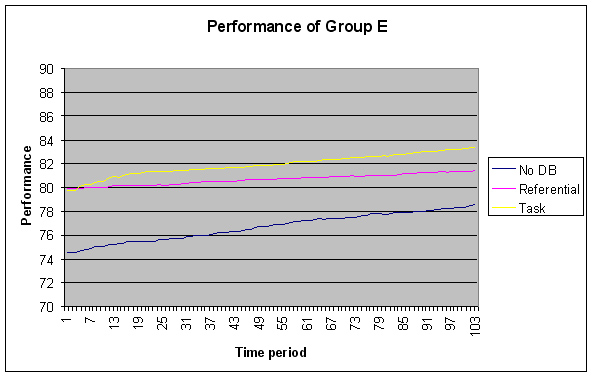Databases:
Public Goods, Networks and Knowledge

Databases as a Public Good
Recent advancements in information technology have provided organizations with new opportunities for communication and knowledge sharing. Current work is focusing on the underlying mechanisms at play in the use of these new information technologies and on the effects that these technologies have on organizations. One specific example of a new information technology is a discretionary database. A discretionary database is a collection of shared data to which agents can voluntarily contribute and from which agents can voluntarily retrieve. It has been shown that discretionary databases act as a public good (Markus, 1990) (Connolly and Thorn, 1990) (Fulk et al., 1996) (Monge et. al., 1998). This work identifies situations under which the voluntary use of a database will thrive and situations where such use is unsuccessful.
Databases and Networks
There is a growing body of work that is devoted to information technology and its use within a network (Carley, 1995) (Carley, 1996) (Carley and Hill, 2001). It is recognized among computational researchers that in order to understand, explain and predict organizational behavior then the use of information technology needs to be accounted for. This work focuses on the use of databases and how their use impacts diffusion, density and, more largely, network structure. Such work may provide a technology/environment fit for organizations.
Databases and Knowledge
Organizations are increasingly interested in making the most out of the knowledge that they possess. There is an agreement among researchers and practitioners that a correct understanding of the knowledge network and a subsequent effective diffusion of the knowledge within this network will provide an organization with a competitive advantage (Carley, 1990) (Argote and Ingram, 2000) (Ren, Carley and Argote, 2001). This work attempts to provide an understanding of how the use of databases within an organization facilitates the diffusion of knowledge and how this diffusion affects organizational performance.